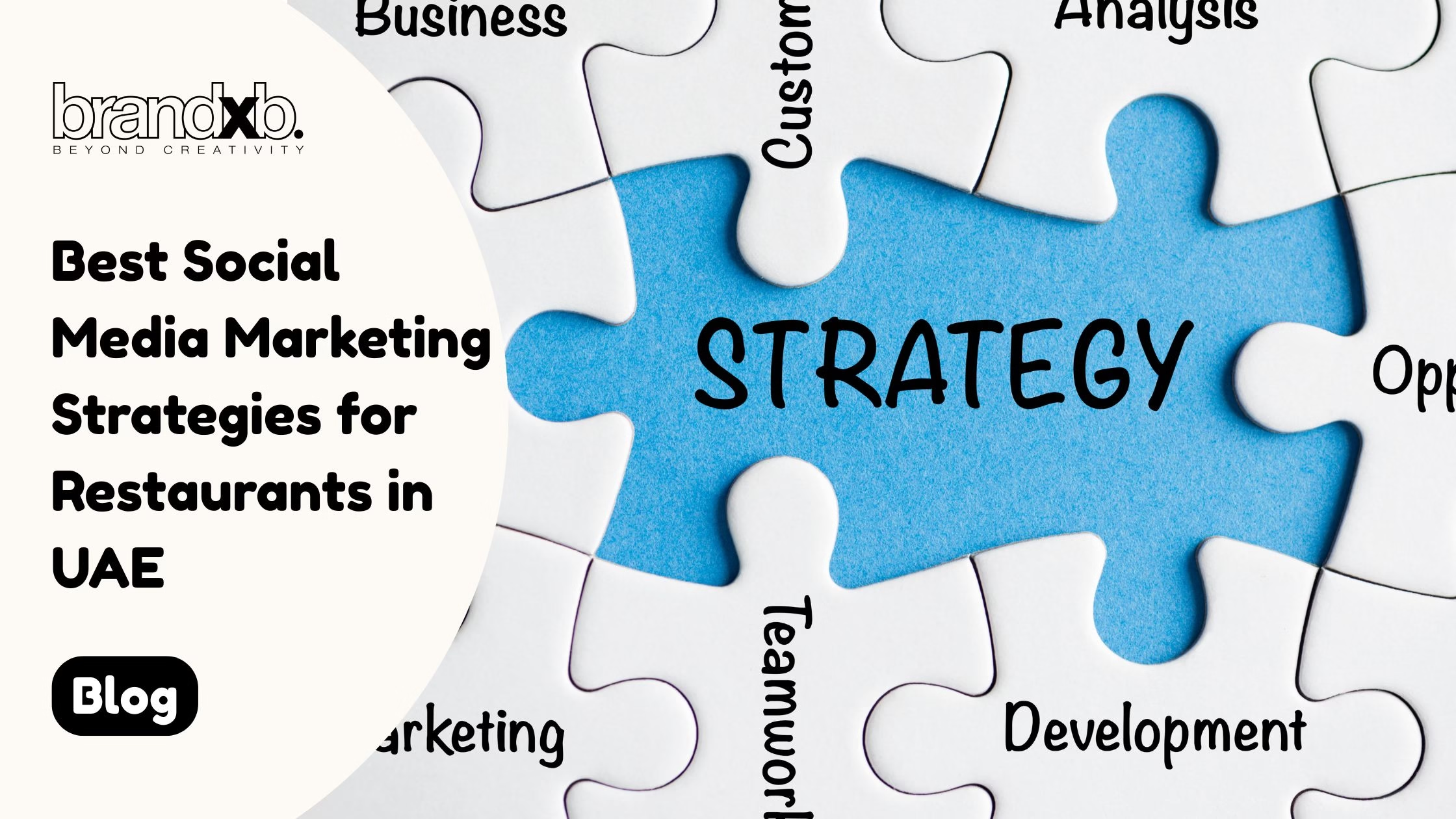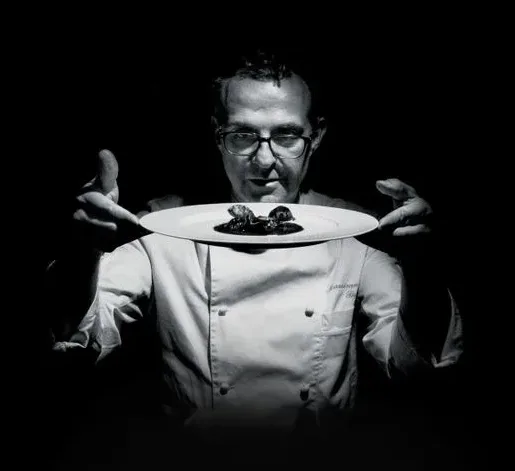Best Social Media Marketing Strategies for Restaurants in UAE: Trends, Case Studies & ROI Blueprint

In today’s competitive F&B industry, restaurants in the UAE face an unprecedented challenge: how to stand out in a market saturated with fine dining establishments, casual cafés, food trucks, and global franchises. Social media has become the most powerful driver of restaurant discovery and engagement in the region. From Instagram Reels showcasing vibrant dishes to TikTok videos capturing the latest food trends, digital platforms are shaping customer choices more than ever.
But what truly works in the UAE and wider GCC market? What strategies are not only generating likes but also turning those likes into real table bookings, orders, and loyal customers? This article explores the best social media marketing strategies for restaurants in the UAE, backed by global insights, local cultural relevance, and practical tips that any restaurateur can apply.
How Restaurants in UAE Are Using Social Media Today
Key Platforms Dominating the Scene
The UAE has one of the highest smartphone penetration rates globally, and its residents are extremely active on social media. Instagram and TikTok dominate the restaurant marketing space due to their visual appeal, but Facebook and YouTube remain relevant for ads, brand building, and long-form content. WhatsApp also plays a critical role as a direct communication and booking tool.
Trends Reshaping F&B Social Media in 2025
Short-form video has completely transformed the way restaurants engage audiences. Reels and TikTok clips now serve as virtual menus, showcasing everything from sizzling platters to barista-made latte art. Social commerce is also gaining traction, with platforms allowing customers to book a table or place an order directly without leaving the app.
Audience Behavior in the GCC
Restaurants must navigate a diverse customer base: locals who appreciate Arabic content, expatriates who look for international food experiences, and tourists who explore via hashtags and geo-tags. Catering to these groups requires multilingual and multicultural content strategies.
Strategy Pillars: What Works Best for Restaurants
Content Types That Drive Engagement
Behind-the-scenes videos, chef interviews, customer testimonials, and user-generated content (UGC) perform exceptionally well. Sharing authentic stories helps build trust and humanizes the brand. A high-quality food shot may attract attention, but a quick video of a chef plating a dish often drives more shares.
Localization & Cultural Timing
Restaurants in the UAE that align their campaigns with Ramadan, Eid, National Day, or tourist peak seasons see stronger engagement. Sharing menus designed for Iftar, highlighting cultural inclusivity, or creating Arabic-language content adds authenticity and relatability.
Influencer & Micro-Influencer Partnerships
Local influencers play a massive role in shaping dining trends. Collaborating with food bloggers, lifestyle creators, or even nano-influencers within specific communities can give restaurants access to highly engaged, trust-based audiences.
Balancing Paid & Organic Reach
Organic reach remains vital for building community trust, but paid social advertising ensures wider visibility. Restaurants that strategically boost high-performing posts or run geo-targeted ads around their location typically see a higher return on investment.
Conversion & Engagement: Turning Social Likes into Bookings
Optimizing Profiles for Action
A restaurant’s social media profile is its storefront. Bios should include direct booking links, WhatsApp numbers, or integrations with reservation platforms. Clear calls to action like “Book Your Table Now” or “Order on WhatsApp” reduce customer friction.
Tracking KPIs and ROI
Restaurants should track more than vanity metrics. Beyond likes and followers, focus on click-through rates, conversions, reservations made through Instagram, and repeat customer engagement. Creating a simple analytics dashboard helps restaurant owners measure campaign effectiveness.
Tools That Help Restaurants Convert
WhatsApp Business, chatbots, and integrations with delivery platforms streamline communication and make the path from engagement to conversion shorter. Restaurants that use these tools often outperform competitors relying solely on organic content.
Case Studies: Restaurants in UAE Doing It Right
Fine-Dining Example
A luxury steakhouse in Dubai used Instagram Reels to highlight exclusive dining experiences, complete with chef commentary and customer reactions. The result: a 40% increase in direct bookings through Instagram over three months.
Fast-Casual / Café Example
A café chain in Abu Dhabi leveraged TikTok trends by creating playful behind-the-scenes videos of latte art challenges. The strategy generated viral traction, pulling in younger audiences and doubling foot traffic within six weeks.
Multi-Location / Franchise Example
A family dining chain coordinated campaigns across all branches, using location-based hashtags and influencer reviews for each outlet. This localized approach kept content fresh while reinforcing brand consistency, a tactic especially useful for those exploring food & beverage franchise opportunities in Dubai.
Plan Your Social Media Calendar + Content Ideas
Building a Monthly Schedule
Consistency is everything. Restaurants should maintain a content calendar with weekly themes:
- Mondays: Behind-the-scenes prep
- Wednesdays: Customer reviews or UGC
- Fridays: Chef’s special or trending menu item
- Weekends: Live stories during peak dining hours
Templates for Content Pillars
Create 3–5 content pillars: menu highlights, lifestyle storytelling, behind-the-scenes, customer experiences, and offers. This ensures variety without losing focus.
Best Posting Times
In the UAE, evenings (7–10 PM) and weekends show the highest engagement. Restaurants that align posting times with dining habits generally see better reach and conversions.
Advanced Tactics & Emerging Trends
Social Commerce for Restaurants
Instagram Shop and TikTok Shop now allow restaurants to showcase menu items directly on their profiles, making ordering seamless.
Live & Interactive Events
Hosting Instagram Live cooking sessions, Q&A with chefs, or exclusive tasting previews gives audiences a sense of involvement and loyalty.
Experimenting With New Features
Restaurants experimenting with AR filters (e.g., “Which dish are you?” quizzes) have seen success in engaging younger audiences. Early adoption of such tools builds brand differentiation.
Avoiding Pitfalls: What Restaurants Often Get Wrong
- Inconsistent Branding: Using mixed tones, colors, or image styles dilutes brand identity.
- Ignoring Analytics: Many restaurants fail to track what works, missing opportunities to optimize.
- Slow Response Time: Customers expect quick replies on WhatsApp and Instagram; delayed responses often mean lost business.
- Cultural Missteps: Failing to account for sensitivities during Ramadan or other cultural events can backfire quickly.
Hiring Help: Agency vs In-House Social Media
While some restaurants manage their own accounts, many lack the expertise or consistency required to maximize results. This is where specialized agencies bring value. A professional Food & Beverages Digital Marketing Agency can design tailored strategies, run ad campaigns, manage influencer collaborations, and track ROI with precision.
FAQs
Q1: What is the best social media platform for restaurants in UAE?
Instagram leads the pack for visual food content, while TikTok is growing fastest among younger demographics.
Q2: Should restaurants post in Arabic or English?
Both. Arabic builds local trust, while English helps capture tourists and expats.
Q3: How much should a restaurant spend on paid ads in UAE?
Budgets vary, but restaurants that allocate at least 10–15% of their marketing budget to paid ads often see measurable ROI.
Q4: How can restaurants measure ROI from social media?
Track reservations, delivery orders, and inquiries generated directly from social channels using UTM links, booking integrations, or WhatsApp conversions.
Conclusion
Social media is no longer optional for restaurants in the UAE—it’s the heartbeat of discovery, engagement, and conversion. By focusing on localized strategies, leveraging influencers, measuring ROI, and experimenting with new tools, restaurants can create digital presences that translate into packed dining rooms.
Whether you’re a single café or a growing food franchise, now is the time to take your social media marketing to the next level. And if you need expert guidance, a specialized Food & Beverages Digital Marketing Agency can ensure that your strategy doesn’t just attract likes but fills tables.
